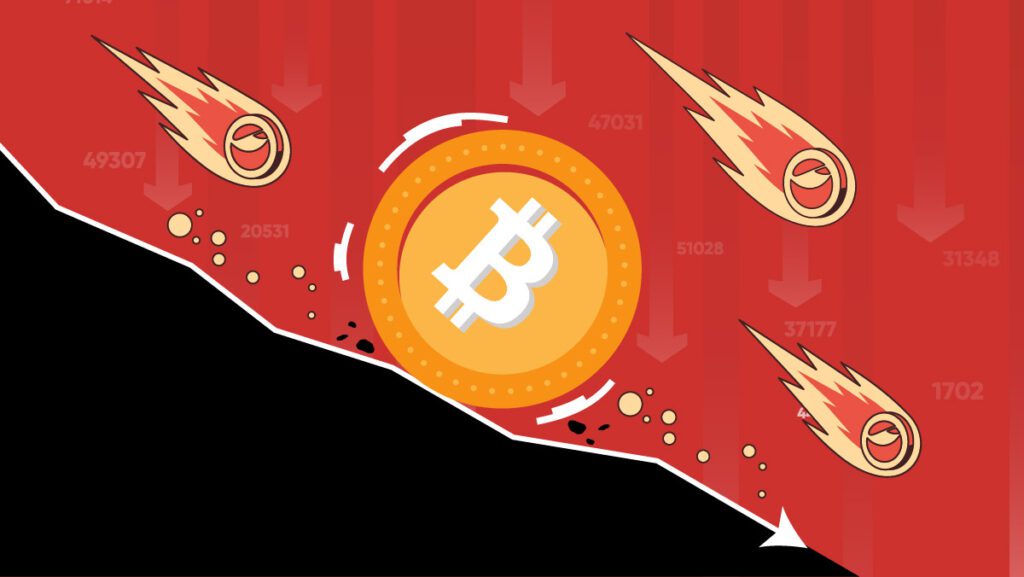
It is obvious that the crypto market is having a hard time, to say the least. A plethora of terrible circumstances, triggers, and occurrences culminated in the perfect storm that shook the entire crypto market to its core, and we now find ourselves in a massive crypto bear market. However, while the losses have been staggeringly high, some investors’ hopes have been even higher.
It is extremely understandable why many see this crash as the end-time for the world of crypto, given all that is going on in the world. The war in Ukraine rages on, inflation soars, and recession concerns mount. Investors might be excused for selling out and going dark for a while, given the constant news and dire predictions of rising energy prices, rising interest rates, recession risks, and firm closures.
A market is termed to be in a “bear market” if it lost more than 20% in a single year. Ether is down 43%, bitcoin is down 35%, and several other currencies are down much more in 2022. While bear markets are inevitable, it can be hard to produce when they are coming, how long they last, or how bad they get.
Let’s go over some ways to make the best of the crypto bear market, mitigate losses, and surf the waves to a profit.
Risk Assessment
The reality that older plan members have less time to make up any such losses before retirement and that workers with bigger account balances have a lot more to lose in a crypto bear market cannot be avoided no matter how much dollar-cost averaging is used.
An investor who is nearing retirement should approach a bear market considerably more cautiously than a younger worker with a lower account balance does, taking into account the balance of risk and return. But frequently, it isn’t the case.
It is up to you to decide what asset allocation will provide you peace of mind and protect your future given your age, financial situation, and risk tolerance. Figuring it out and acting appropriately is more crucial than giving in to lethargy.
Average Dollar Cost
Regularly investing a certain amount in stocks, whether through a 401(k) or a Roth IRA, will cause you to purchase more when market prices decline and less when they increase, somewhat improving your prospects.
In addition to the advantages of making monthly contributions to any tax-advantaged or high-yield savings account, dollar-cost averaging has additional advantages. Contributions and employer matching usually make up two-thirds of the yearly balance rise for 401(k) plans, while investment returns make up the remaining one-third. 3 This shows that many 401(k) participants have the resources to rebalance their accounts after downturn markets promptly.
There can be a significant difference in profits and losses related to the size of your 401K.
Diversify Your Investments
Growth equities suffer worse during bear markets than value ones do. By lucky accident, despite the decreased risk, lower-risk equities have produced long-term returns comparable to those of riskier ones. 7 That implies any diversification into value stocks, even if it is overdue and occurs during a down market, can pay dividends both literally and symbolically long after the crypto bear market is gone for portfolios heavily weighted toward speculative stocks.
A diverse portfolio includes cash in some form. Even if it doesn’t produce much, it nevertheless serves as a reserve of purchasing power that may be easily mobilized should chances arise during a weak market.
Although it should be no cause for worry, bear markets are a wonderful opportunity to check that your portfolio is adequately diversified and de-risked. Be aware of the amount at stake and the amount of time you have to make up for any losses.